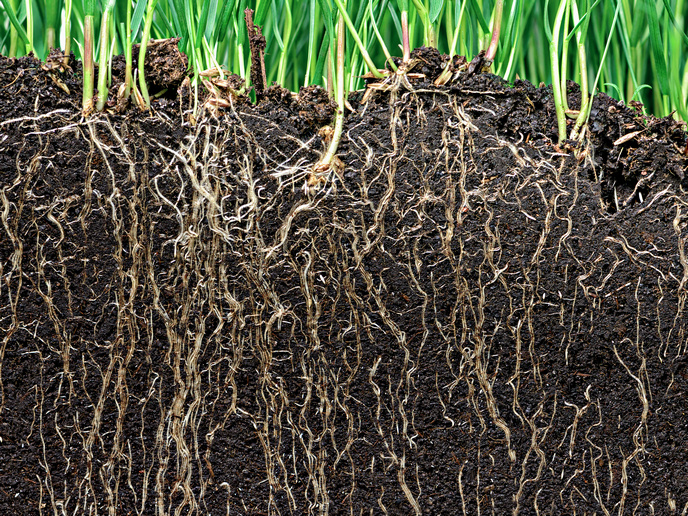Untangling the genetics of plant root endodermis
Living organisms compartmentalise everything, from organs right down to the cellular level. Keeping things such as nutrients separate, and controlling how they spread, is critical to proper biological functioning. Plant roots compartmentalise using a cylindrical boundary known as the endodermis. Casparian strips (CSs) are a cellular structure within the endodermis that control the flux of nutrients into the central part of the roots. Mutants that are unable to form this barrier have stunted growth and difficulty coping with stressful environmental conditions, so understanding how plants develop CSs is beneficial from both fundamental and practical standpoints. “Unravelling the molecular mechanisms behind their establishment can increase our general knowledge of plant growth,” says Anaxi Houbaert, postdoctoral researcher at the Department of Plant Molecular Biology at the University of Lausanne(opens in new window) and principal investigator in the Wall-E project. “By identifying all proteins involved in CS development, one could also imagine genetically engineering crops to be more resilient to stressful environments.” There has been significant progress over the last decade to identify the proteins needed to make CSs, though the underlying genetics is complex: multiple genes have the same function, and some genes have several functions. In the Wall-E project, which was funded by the Marie Skłodowska-Curie Actions(opens in new window) programme, Houbaert led a team developing an innovative screening process to unravel this genetic mystery, by rebuilding the CS construction process from the ground up.
Finding the right genes through a master regulator
To define the minimally sufficient gene set, Houbaert and colleagues focused on a transcription factor (something that regulates gene activity) known as myb36, which regulates genes that are essential for building CSs. “Myb36 is a master regulator and without it there is simply no Casparian strip being built,” explains Houbaert. In mutant plants with myb36 disabled, there are around 150 genes that no longer work, though it’s unlikely that all 150 genes are responsible for building the strips. So the team first narrowed down the list of genes to screen for, based on prior knowledge, predictions and reasonable assumptions. They arrived at a list of 60 candidate genes. The researchers then transformed the myb36 mutant, enabling it to express five previously characterised genes crucial for building CS. Even with these five key genes expressed, the plant still could not build CS. Now the team plans to use CRISPR gene activation technology (CRISPRa) to find, among the list of 60 candidates, those genes that improve strip formation.
Advancing genetic techniques
The Wall-E project successfully demonstrated the use of CRISPR to co-activate multiple genes involved in the same genetic circuit; and their new screening process could be used with other organisms. “Putting genetics upside down by trying to rebuild a structure from scratch using a reconstitution screen provides a powerful tool to uncover new gene function,” Houbaert notes. It can also highlight gaps in our understanding of any molecular pathway, he adds. If activating specific genes in a pathway doesn’t lead to the return of a function, this shows other genes are essential too. “This approach could be applied to any given pathway and different model organisms since it was shown that CRISPR activation systems perform well in both animals and plants,” remarks Houbaert. “The only prerequisite is having prior knowledge on a given pathway to pick candidate genes.”







